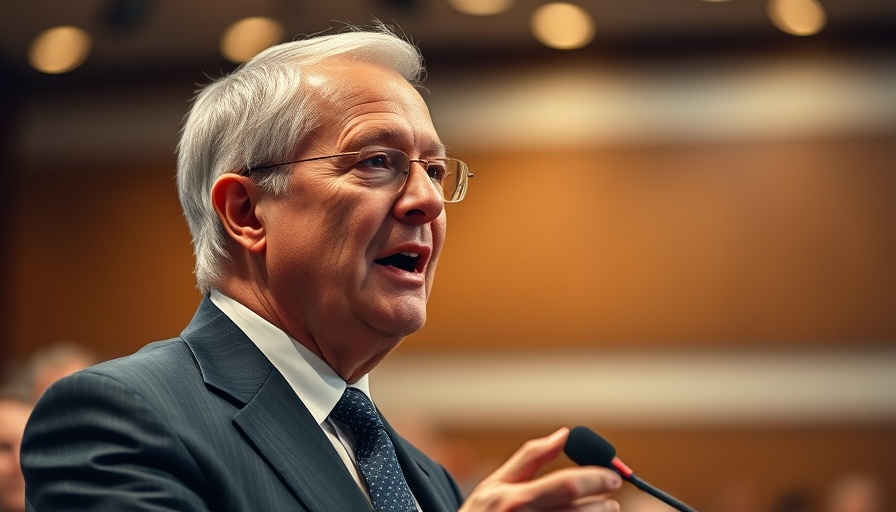
Understanding Authority Within Our Denomination
In the landscape of faith practices, the Seventh-day Adventist (SDA) Church has faced significant scrutiny regarding its authoritative structures. The perception of authoritarianism often distances members and leads to questions about governance and individual autonomy. It's crucial to delve into why our denomination operates with an emphasis on authority and hierarchy, and how this affects the community at large.
Historical Context: Roots of Authority in the SDA Church
The SDA Church emerged in the 19th century amidst significant religious revivals. Its foundational leaders placed a strong emphasis on prophetic leadership and biblical authority. Figures like Ellen G. White not only shaped church doctrine but also influenced the governance structure, leading to a hierarchy that persists today. This historic alignment of faith with strong leadership has created a culture where authority is often seen as integral to the church's identity. However, this established hierarchy can also result in feelings of alienation among members seeking a more participatory role.
The Social Impact of Authoritarian Structures
Within a tightly-knit community, authority can act as a double-edged sword. While it can provide clarity and consistency, it can also suppress creativity and dissenting views. Many members, particularly younger congregants, are pressing for change in how community initiatives are led. They desire a greater voice in church matters, seeking opportunities for open dialogue that respects diverse perspectives. The challenge lies in how the church can evolve to meet modern needs without losing its foundational principles.
Parallel Examples: Lessons from Other Denominations
When examining denominational structures, it’s enlightening to look at the Lutheran Church, which has adopted a model promoting greater congregational autonomy. In contrast to the SDA Church, Lutherans have empowered local congregations to make decisions that affect their church life. This approach has led to adaptive practices that resonate well with modern congregants, hinting at valuable lessons for the SDA community seeking to balance tradition with a progressive approach.
The Future: Opportunity for Diverse Perspectives
As society becomes more interconnected, the call for inclusive dialogues within the SDA Church is increasingly urgent. There lies an opportunity to recalibrate the church’s governance to embrace a model that honors individual expression and collaborative decision-making. By fostering open channels for member input and redefining authoritative roles, the SDA Church can both strengthen communal bonds and adapt to contemporary spiritual needs.
Actionable Insights: Embracing Change
For church leaders and members alike, it is crucial to foster a culture that welcomes suggestions and critiques. Creating committees focused on member involvement can enhance transparency and inclusivity. Moreover, developing communication strategies that underscore respect and understanding could facilitate a more engaged congregation. Inviting diverse voices into discussions—especially from youth—can transform the narrative surrounding authority from one of control to one of collective stewardship.
Conclusion: A Path Forward
Reimagining the role of authority within the SDA Church is not merely a question of governance; it's a vital step toward a more vibrant, engaged faith community. As we reflect on our traditions and their implications for future generations, let’s embrace a spirit of collaboration and inclusivity. Through intentional dialogue and respect for diverse viewpoints, we can create a church where every member is valued and empowered.
 Add Row
Add Row  Add
Add 




 Add Row
Add Row  Add
Add 


Write A Comment